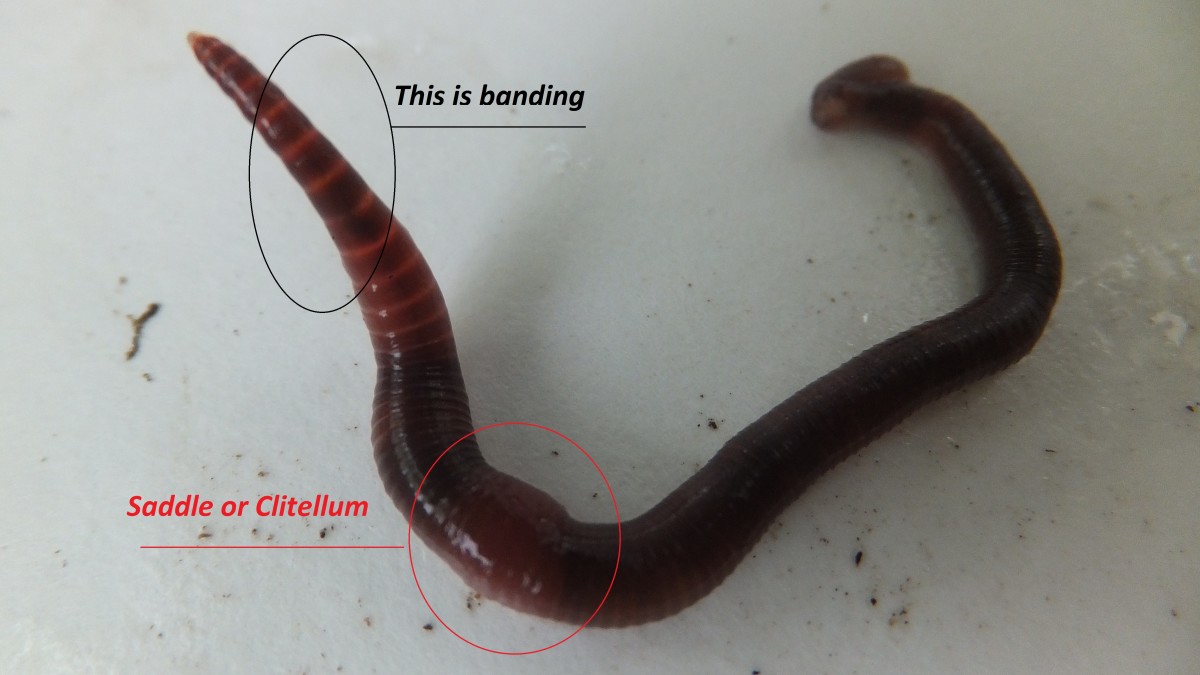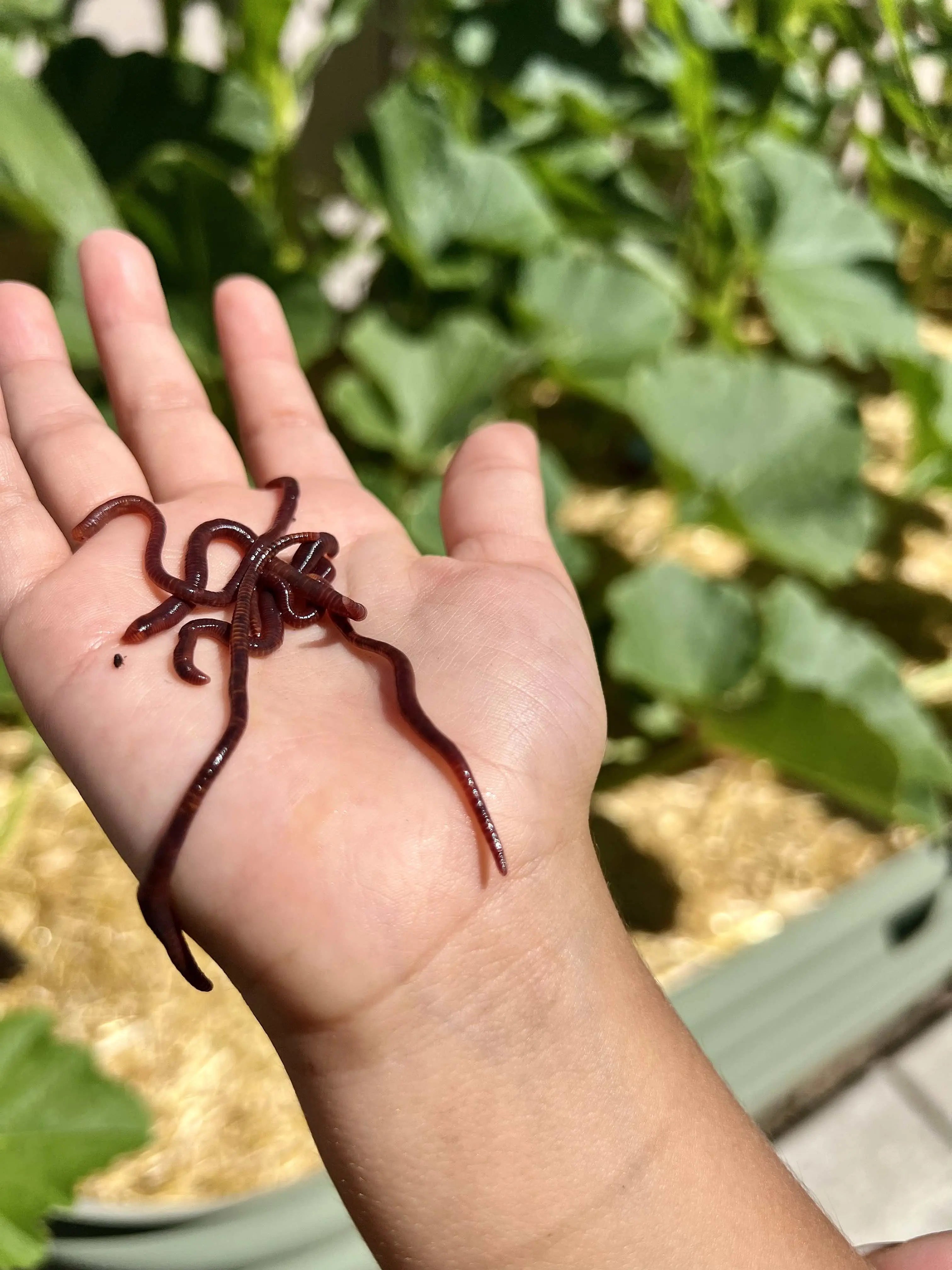Acquire Red Wiggler Worms - Ideal for Composting and Horticulture
Wiki Article
Making The Most Of the Conveniences of Red Wiggler Worms: A Comprehensive Guidebook for Home Gardeners and Urban Farmers
In the world of sustainable horticulture methods, red wiggler worms stand as unrecognized heroes, quietly changing natural waste into nutrient-rich castings that can work wonders for dirt health and wellness. As home garden enthusiasts and city farmers significantly look for environmentally pleasant and affordable ways to improve their gardens, the prospective advantages of using the power of red wigglers can not be overemphasized. From lessening kitchen area waste to cultivating healthier plants, the application of these humble animals offers a huge selection of benefits. By discovering the ins and outs of just how to properly take care of and optimize the benefits of red wiggler worms, individuals can open a riches of opportunities for improving the sustainability and efficiency of their gardening undertakings.Comprehending Red Wiggler Worms
Red Wiggler worms, renowned for their reliable composting capabilities, are a types of earthworms extensively used in vermiculture practices. These worms, medically understood as Eisenia fetida, thrive in decaying organic material, making them excellent prospects for composting.One secret attribute of Red Wiggler worms is their reproductive price. These hermaphroditic creatures possess both women and male reproductive body organs, permitting them to recreate swiftly under desirable conditions. A mature Red Wiggler can generate multiple children in a brief duration, guaranteeing a steady population within a composting system.

Establishing a Worm Container
When establishing a worm bin for vermiculture objectives, proper preparation and interest to information are vital for creating a favorable environment for Red Wiggler worms. Begin by choosing a suitable container for your worm bin.
Place the worm container in an awesome, dark location far from straight sunshine and severe temperature levels. Consistently monitor the dampness degrees, including water if the bed linens really feels flaky or completely dry. Feed the worms a well balanced diet regimen of vegetables and fruit scraps, avoiding citrus fruits, onions, and spicy foods. By following these actions, you can establish up a prospering worm bin that will effectively process organic waste right into nutrient-rich vermicompost for your garden.
Feeding and Maintaining Worms
Ensuring a balanced and nutritious diet plan is critical for the health and productivity of Red Wiggler worms in a vermiculture system. It is essential to prevent feeding them citrus fruits, onions, garlic, dairy products, meat, and oily foods as these can be damaging to the worms or trigger unpleasant odors in the bin.Proper wetness levels are likewise vital for the well-being of Red Wiggler worms. The bedding should feel like a damp sponge, providing adequate dampness for the worms to take a breath via their skin. Regularly check the dampness degrees and change by adding water or dry bedding material as needed. In addition, preserving appropriate temperature problems in between 55-77 ° F(13-25 ° C )will make sure optimum worm task and reproduction. By carefully checking their diet, moisture, and environmental conditions, home garden enthusiasts and city farmers can sustain a effective and healthy Red Wiggler worm population for composting objectives.
Collecting Worm Castings
To successfully extract nutrient-rich worm spreadings from the vermicompost, an organized harvesting process is crucial for taking full advantage of the composting benefits. The very first action in harvesting worm castings is to motivate the worms to move to one side of the container.After the castings have been collected, it is essential to divide any kind of remaining worms from the castings to stay clear of damaging them during storage or application. One efficient approach is to create cone-shaped stacks of spreadings under bright light. Worms will instinctively move far from the light, permitting very easy separation and removal.
Lastly, the gathered worm castings ought to be kept in a great, dark, and completely dry area to keep their high quality and performance as a nutrient-rich dirt modification. By following these steps, home gardeners and urban farmers can make best use of the advantages of red wiggler worms in their vermicomposting systems.
Making Use Of Worm Castings in Horticulture
The incorporation of nutrient-rich worm castings right into garden soil can substantially improve plant development and general soil health and wellness. Worm castings, also known as vermicast, are a natural fertilizer page generated by red wiggler worms as they damage down natural issue. These spreadings are rich in vital nutrients like nitrogen, phosphorus, potassium, and valuable germs that advertise plant growth and improve dirt framework.When using worm castings in gardening, it is vital to blend them extensively right into the soil or use them as a leading directory clothing around plants. The slow-release nature of worm castings ensures a steady supply of nutrients to plants with time, lowering the danger of nutrient leaching and promoting long-term dirt fertility. Furthermore, worm castings aid enhance soil oygenation, water retention, and microbial activity, creating a healthy and balanced atmosphere for plant roots to grow.

Verdict
In verdict, the utilization of red wiggler worms in home gardening and urban farming can considerably benefit soil health and plant growth. By comprehending exactly how to set up and preserve a worm bin, feed the see this site worms correctly, and gather their nutrient-rich castings, gardeners can take full advantage of the benefits of these earthworms.In the realm of sustainable gardening practices, red wiggler worms stand as unsung heroes, quietly changing natural waste right into nutrient-rich castings that can work wonders for dirt wellness.When developing a worm bin for vermiculture purposes, proper prep work and attention to detail are essential for creating a conducive setting for Red Wiggler worms. The first action in gathering worm spreadings is to urge the worms to move to one side of the bin. Worm spreadings, also recognized as vermicast, are a natural plant food produced by red wiggler worms as they damage down organic issue. By recognizing exactly how to set up and maintain a worm bin, feed the worms properly, and collect their nutrient-rich spreadings, gardeners can make the most of the advantages of these earthworms.
Report this wiki page